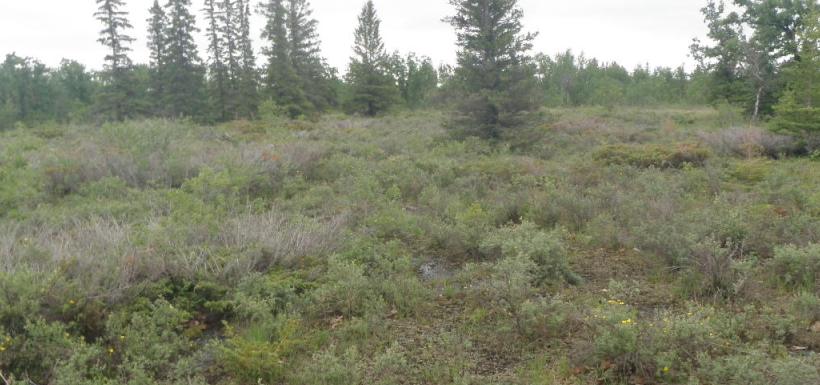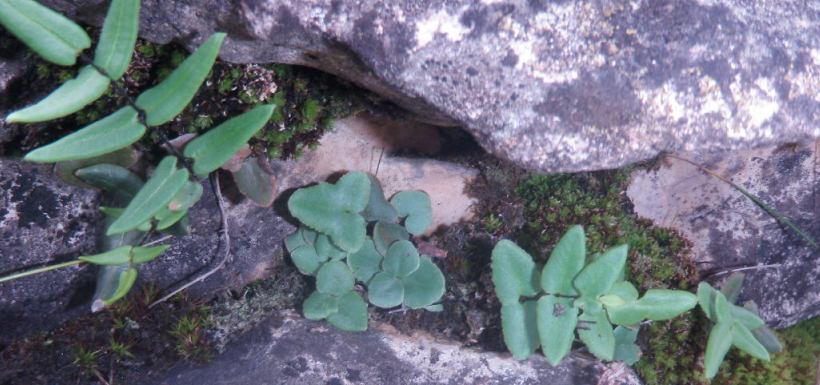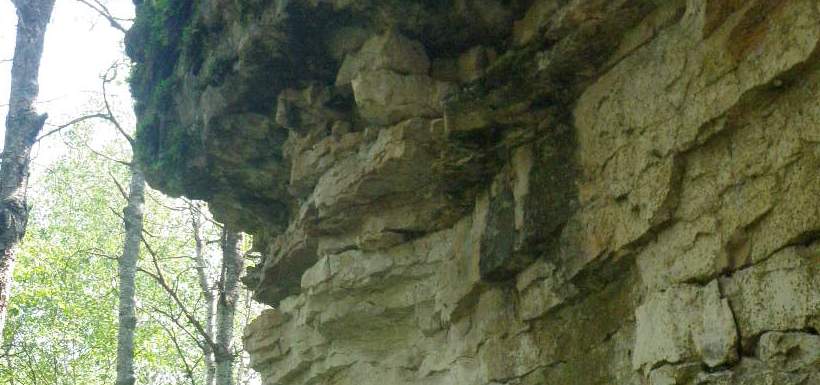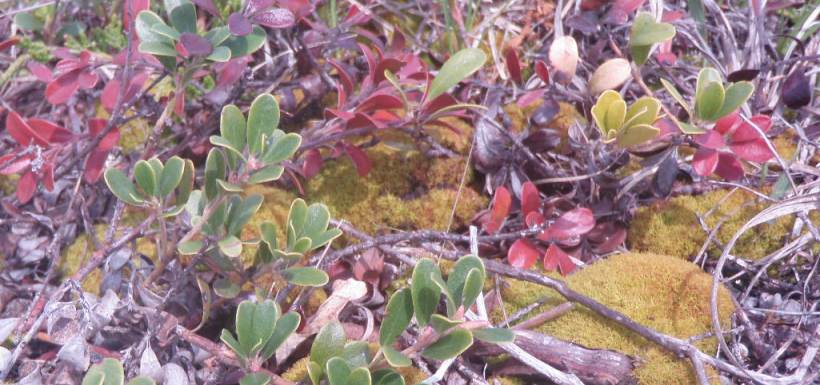Alvars in the Interlake
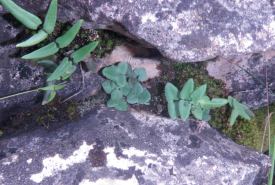
Gastony's cliffbrake and smooth cliffbrake in an alvar habitat in the Interlake area of Manitoba (Photo by NCC)
What are alvars?
Alvars are habitats of shallow soil (10 centimetres or less) over limestone bedrock, with unique plant communities. Much of Manitoba’s alvars are shrubby, with large patches of bare rock at the surface. Some resemble grasslands or wetlands, while others have scattered trees.
Where are alvars found?
Alvars are found in only a few countries in Europe and only a few provinces and states in North America.
Manitoba’s Interlake region is characterized by ridges and lowlands that were created by the advancement and retreat of the glaciers. On some of these ridges, the soil was scraped or washed away from the limestone bedrock, leaving it flat and exposed. It is on these exposed ridges that alvar is found.
Read our Manitoba alvar fact sheet >
Why are alvars important?
Alvar habitats are globally rare. In Manitoba only about 3,925 hectares (9,700 acres) alvar habitat have been documented.
Some alvars support species that do not grow elsewhere in Manitoba and are rare across Canada.
Alvars provide important information about plant adaptation in extreme environments — information that could be applied in agricultural and horticultural research. They provide important habitat for a variety of birds, reptiles, mammals and insects.
What are the different types of alvars?
There are four main types of alvars in Manitoba:
- savannah: trees are abundant, but remain below 60 percent canopy cover
- shrubland: shrubs such as creeping juniper and bearberry are much more abundant than grass
- grassland: grass is the dominant species and there are usually no trees
- wetland: sedges are dominant, with few grasses or shrubs
Alvar fun facts
- The combination of species in alvars is unique. Some have an unusual mixture of boreal and prairie plants.
- Alvars are often flooded in spring, when water becomes trapped on limestone pavement. They experience drought conditions in late-summer.
- Most alvars have an abundance of mosses and lichens that can grow on little or no soil and survive harsh conditions.
- At least 75 per cent of alvars in Manitoba are grazed. Light grazing may be beneficial in some alvars by preventing the encroachment of trees and shrubs.
- Fire can also help keep alvars open and may even be necessary for the propagation of species, such as jack pine trees.
- Some alvars have limestone cliffs associated with them. These cliffs provide habitat for a variety of mosses and liverworts that only grow on calcium rich substrates. They also provide habitat for two rare cliffbrake ferns.
Want to know more? Click this link to read the 2012 Alvar Initiative Report >
As an extension to the 2012 Alvar Iniative Report, click here for a peer-reviewed article with updated and new information.
Did you know?
- Some mosses and lichens can become desiccated when there is no moisture and then come back to life, even months later, when water becomes available.
- Some liverworts grow as leaf-like structures flat on the ground, while others look so much like mosses that you need a microscope to tell them apart.
- Snakes will use old quarries and small limestone caves to hibernate through the winter.
- Manitoba’s Interlake supports one of the few populations of grimmia dry rock moss in Canada.
- A small fern called Gastony’s cliffbrake will only grow on the sides of limestone cliffs and boulders.
- The Interlake is the site of a number of new mosses and liverworts that were just recently discovered in Manitoba for the first time.


